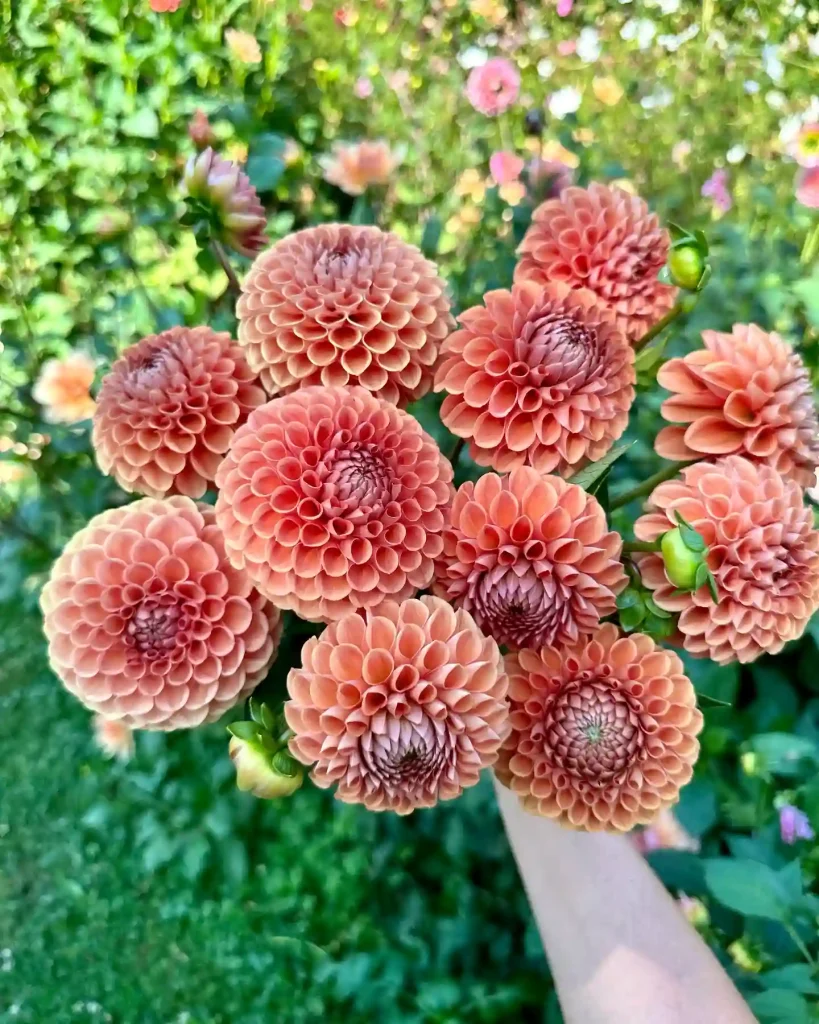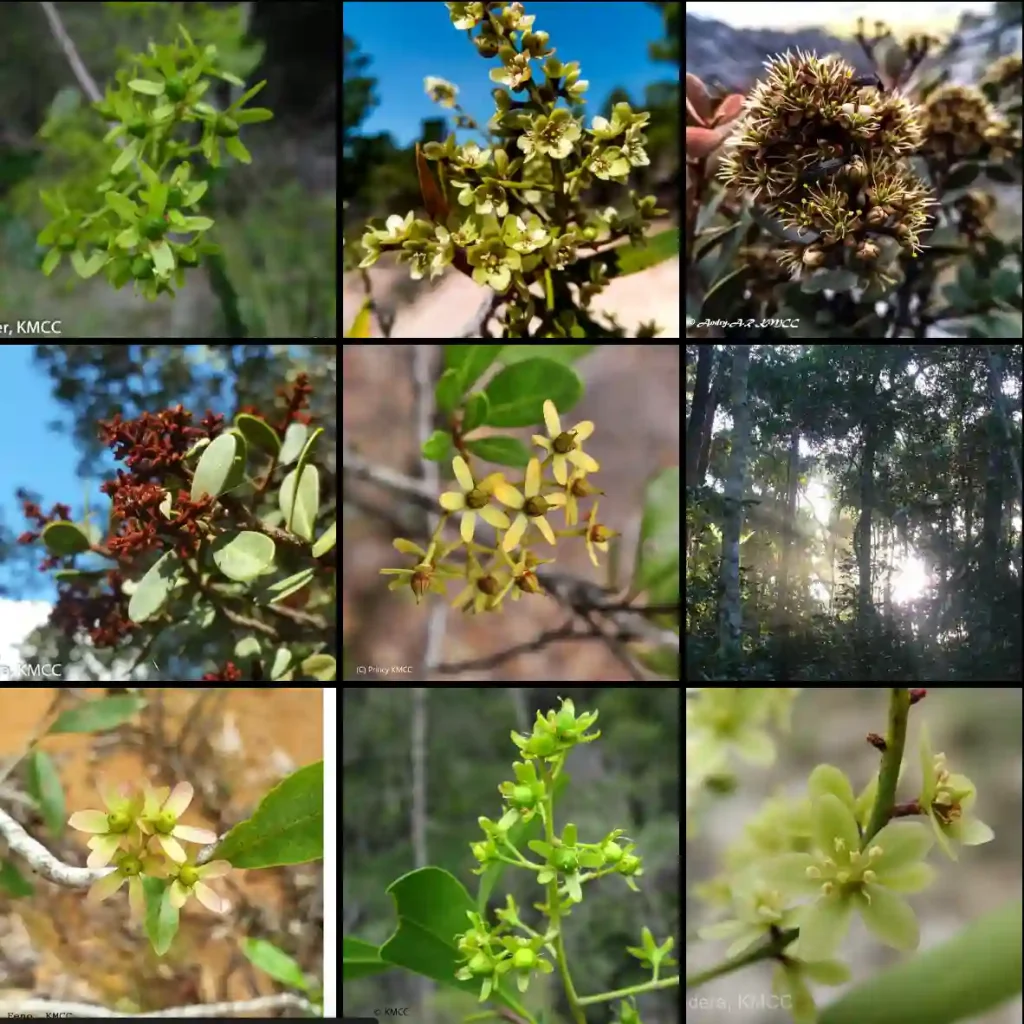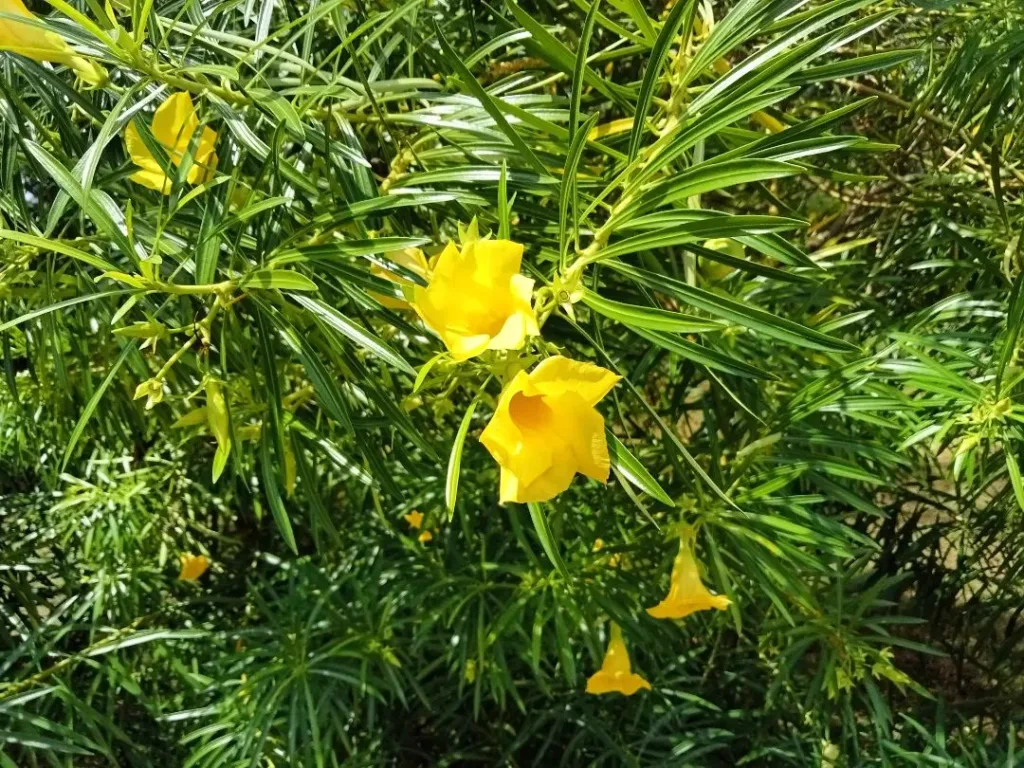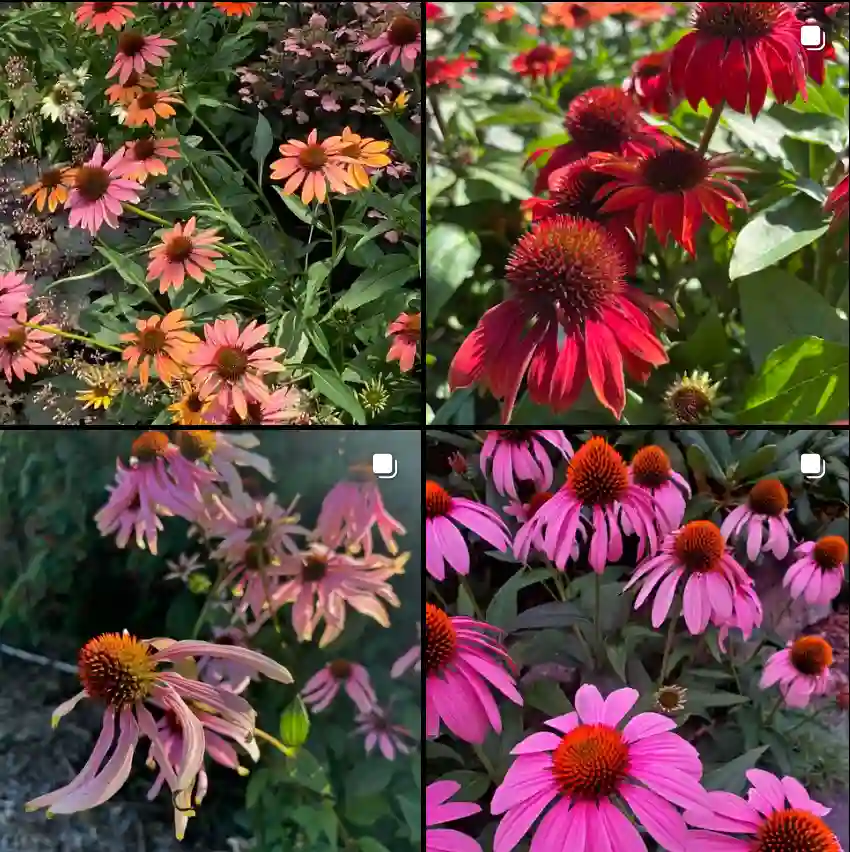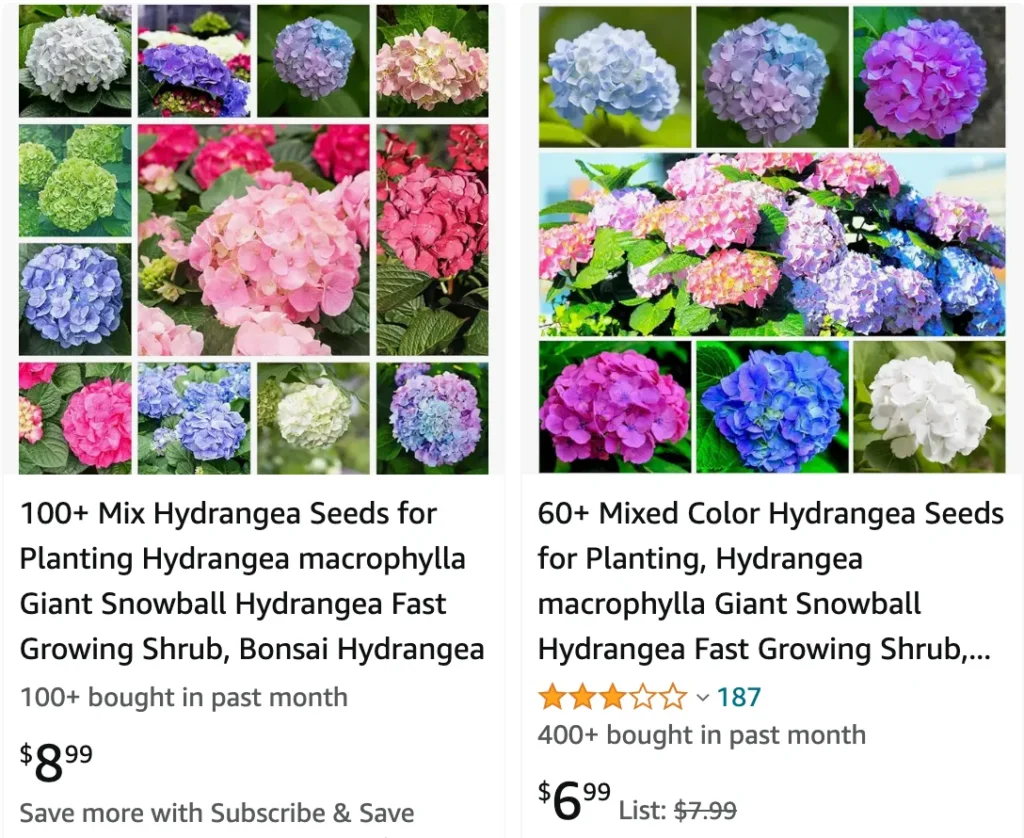
Nantucket Blue Hydrangea vs Endless Summer
In my garden, the Nantucket Blue Hydrangea has been a standout for its stunning, rich blue blooms, but I found that the Endless Summer variety outperformed it in terms of longevity, as it consistently rebloomed throughout the season.
Nantucket Blue Hydrangea vs Nikko Blue
I remember planting the Nikko Blue Hydrangea next to the Nantucket Blue, and while both had beautiful blue flowers, the Nikko Blue seemed to have a more robust growth habit and deeper color, making it my preferred choice for a vibrant, long-lasting display.
100 Species in Genus Hydrangea
How to plant Nantucket Blue Hydrangea?
Planting my Nantucket Blue Hydrangea was an exciting project that I approached with care and enthusiasm. I began by selecting a suitable location with well-draining soil and partial shade, as hydrangeas thrive in these conditions. Digging a hole twice as wide as the plant’s root ball, I gently placed the hydrangea in the hole, ensuring it was at the same depth as it was in the nursery container. After backfilling the hole and watering thoroughly, I mulched around the base to help retain moisture and suppress weeds. Watching it settle into its new home brought me immense satisfaction.
How to prune Nantucket Blue Hydrangea?
Pruning my Nantucket Blue Hydrangea is always a highlight of my gardening season. I typically start by removing any dead or damaged branches, cutting them back to the base of the plant. Then, I selectively prune the older stems to encourage new growth and maintain a balanced shape. I’ve found that trimming back about a third of the stems each year keeps my hydrangea healthy and vibrant without sacrificing its natural beauty.
How to care for Nantucket Blue Hydrangea?
Here’s a guide on how to care for your Nantucket Blue Hydrangea and keep it blooming beautiful blooms:
Sunlight:
- Partial Shade is Ideal: Nantucket Blue Hydrangeas prefer partial shade, receiving around 3-6 hours of direct sunlight daily. Too much direct sun, especially in hot climates, can scorch the leaves and affect flower production. However, some morning sun is beneficial.
Soil:
- Moist and Well-Drained: Well-drained, moist soil with acidic properties is crucial for optimal growth and flower color. Here’s what to consider:
- Drainage: Hydrangeas dislike soggy roots. If your soil is heavy clay, amend it with compost, peat moss, or other organic matter to improve drainage.
- Acidity: The blue flower color is most vibrant in acidic soil (pH between 5.0 and 5.5). You can test your soil pH and add amendments like aluminum sulfate or organic matter like coffee grounds to lower the pH if needed.
Planting:
- Spring or Fall: The best time to plant your Nantucket Blue Hydrangea is in spring or fall, depending on your climate. In colder regions, fall planting allows the roots to establish before winter.
- Planting Steps:
- Choose a location with appropriate sunlight and well-amended soil.
- Dig a hole 2-3 times wider than the root ball of your hydrangea and just as deep.
- Carefully remove the plant from its pot (if container-grown) and gently loosen any pot-bound roots.
- Place the hydrangea in the hole, ensuring the root crown (the area where the stem meets the roots) sits at or slightly above the surrounding soil level.
- Backfill the hole with the amended soil mix, tamping it down gently to remove air pockets.
- Water thoroughly to settle the soil around the roots.
Aftercare:
- Watering: Water regularly, especially during the first growing season, to keep the soil consistently moist but not soggy. The frequency will depend on rainfall and weather conditions. Established plants are more drought tolerant but will benefit from occasional watering during dry periods. Signs of thirst include wilting leaves.
- Mulching: Apply a layer of mulch (2-3 inches thick) around the base of the plant to retain moisture, regulate soil temperature, suppress weeds, and help maintain soil acidity (as mulch decomposes, it releases organic acids). Keep mulch a few inches away from the stems to prevent rot. Pine needles or other acidic mulches are a good choice.
- Fertilizing: Nantucket Blue Hydrangeas don’t require heavy feeding. A single application of a slow-release fertilizer formulated for acid-loving plants in early spring is sufficient. Avoid over-fertilizing, as it can promote foliage growth at the expense of flowers.
- Pruning: Prune minimally in late winter or early spring before new growth appears. You can remove dead, diseased, or damaged branches, and lightly trim overgrown stems to maintain a desired shape. Hydrangeas bloom on old wood, so avoid pruning heavily as it can reduce flower production for the current season.
Additional Tips:
- Winter Protection: In colder climates (USDA zones 5-6), you can protect the base of your Nantucket Blue Hydrangea with a layer of mulch (around 6 inches thick) in late fall to insulate the roots from freezing temperatures.
- Flower Color: The blue color of your Nantucket Blue Hydrangea flowers can be influenced by soil pH. More acidic soil (lower pH) promotes bluer flowers, while higher pH may result in pink or mauve blooms. Some gardeners add aluminum sulfate to maintain soil acidity and encourage blue flowers.
- Enjoy the blooms: Nantucket Blue Hydrangeas typically bloom from mid-summer to early fall.
When to prune Nantucket Blue Hydrangea?
Determining the right time to prune my Nantucket Blue Hydrangea is crucial for maintaining its health and maximizing blooming potential. I’ve found that the best time to prune is in late winter or early spring, before new growth begins to emerge. This allows me to remove any dead or damaged branches and shape the plant without risking cutting off potential flower buds. Pruning at this time also stimulates new growth, ensuring a lush and vibrant display come summer. It’s a task I eagerly anticipate each year as I prepare my garden for the growing season ahead.
If i die, water my plants!
